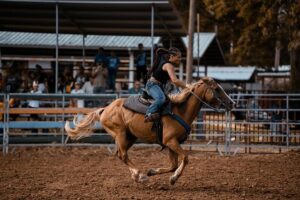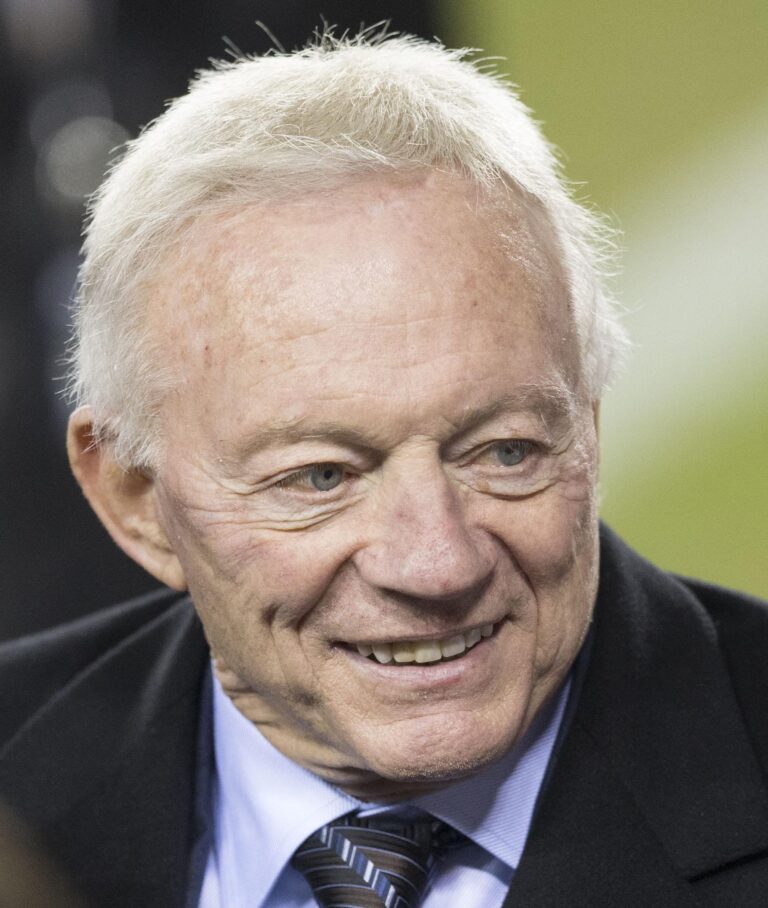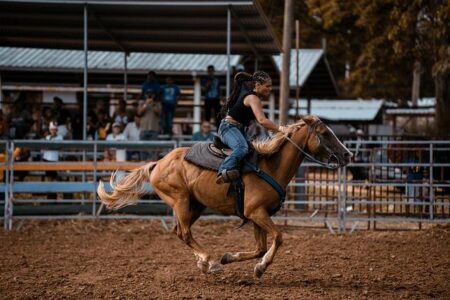Jerry Jones’ Confrontation with Media Sparks Debate Over Cowboys’ Offseason and Press Freedom
Jerry Jones Pushes Back Against Media Criticism of Cowboys’ Offseason Decisions
Dallas Cowboys owner Jerry Jones recently engaged in a heated exchange with a radio host who questioned the team’s offseason strategy. During the interview, Jones firmly defended the franchise’s approach, emphasizing a long-term vision over immediate, high-profile acquisitions. His tone grew increasingly assertive when pressed about the absence of major trades or star free agent signings, signaling a clear intolerance for what he perceived as unwarranted negativity.
Jones’s remarks conveyed both a defense of his management style and a cautionary message to critics, underscoring his control over the narrative surrounding the team. Key takeaways from the interaction include:
- Advocacy for patience: Jones highlighted a deliberate, phased rebuilding process aimed at sustainable success rather than quick fixes.
- Trust in leadership: He expressed unwavering confidence in the General Manager and coaching staff’s capabilities.
- Warning to detractors: Jones implied that persistent negative commentary could have professional repercussions.
| Subject | Jones’s Stance | Media Response |
|---|---|---|
| Player Acquisitions | Measured, avoiding rash decisions | Criticism for conservative approach |
| Team Management | Strong belief in current executives | Mixed opinions on effectiveness |
| Public Criticism | Firm warning against negativity | Concerns about press freedom |
This confrontation highlights escalating friction between the Cowboys’ leadership and media representatives, as expectations for the team’s success intensify. Whether Jones’s assertiveness will silence critics or fuel further debate remains uncertain, but it undeniably amplifies the franchise’s voice in public discourse.
Owner Pressure and Its Consequences for Sports Journalism
The reported threat from Jerry Jones toward a radio host raises critical questions about the independence of sports journalism. When influential figures in professional sports exert pressure on media personnel, it jeopardizes the ability of journalists to provide candid analysis and hold organizations accountable. Such intimidation risks creating a climate where reporters self-censor to avoid conflict, ultimately diminishing the quality and honesty of sports coverage.
These dynamics have broader implications for the sports media ecosystem, including:
- Self-censorship: Journalists may shy away from tough questions to protect their careers.
- Biased reporting: Coverage could become overly favorable or superficial.
- Reduced transparency: Team owners might evade scrutiny on critical decisions.
- Audience skepticism: Fans may lose faith in the credibility of sports media.
| Group | Effect of Owner Intimidation |
|---|---|
| Journalists | Increased pressure to avoid controversy |
| Fans | Less trustworthy and comprehensive analysis |
| Team Owners | Short-term control but potential reputational damage |
| Sports Media Industry | Decline in independence and public trust |
Evaluating the Cowboys’ Offseason Moves: Strategic Patience or Missed Opportunities?
The Dallas Cowboys’ recent offseason has sparked intense debate among analysts, fans, and commentators. Critics argue that the team’s conservative approach failed to address glaring defensive weaknesses and lacked bold acquisitions. However, this perspective often overlooks the strategic rationale behind the front office’s decisions, which prioritize salary cap flexibility and preserving team cohesion by retaining veteran leaders.
To better understand the criticism, here’s a breakdown of the Cowboys’ key offseason moves and the associated reactions:
| Move | Details | Criticism |
|---|---|---|
| Retaining Veteran Players | Focused on maintaining locker room stability and leadership | Concerns over aging roster and injury risks |
| Targeted Free Agent Signings | Added role-specific players rather than headline stars | Perceived as lacking ambition |
| Draft Strategy | Invested in defensive talent and offensive depth | Uncertainty about immediate contributions |
The ultimate judgment of these moves will depend heavily on the Cowboys’ performance throughout the season. While skepticism is understandable, especially given Jerry Jones’ history of direct involvement in team affairs, threatening media professionals for critical but fair questions only clouds the public conversation. The offseason is a complex balancing act, and only time will reveal whether this cautious approach yields success in a fiercely competitive NFL environment.
Upholding Journalistic Standards Amid Pressure from Influential Sports Figures
In an era where powerful sports owners may attempt to influence media narratives, maintaining journalistic integrity is paramount. Reporters and commentators must remain committed to accurate, fearless reporting, ensuring that critical inquiries into team decisions and performances are pursued without hesitation. Transparency about sourcing and rigorous fact-checking bolster credibility, even when facing backlash or intimidation.
Building solidarity among media professionals can provide essential support, fostering resilience against external pressures designed to compromise independence. Practical measures to safeguard journalistic freedom include:
- Robust editorial policies: Clear guidelines that protect reporters’ autonomy and prevent undue interference.
- Engagement with audiences: Open communication about the challenges of sports reporting enhances public trust.
- Legal literacy: Awareness of rights related to free speech and employment protections helps journalists navigate threats.
| Approach | Advantage |
|---|---|
| Editorial Independence Policies | Prevents external influence on content |
| Transparency with Readers | Builds credibility and accountability |
| Legal Preparedness | Protects against retaliatory actions |
Final Thoughts: Navigating the Complex Relationship Between Ownership and Media
The recent incident involving Jerry Jones and a critical radio host underscores the delicate and often contentious relationship between sports franchise owners and the media tasked with scrutinizing them. This episode serves as a potent reminder of the need to balance ownership influence with journalistic independence to preserve transparency and accountability in professional sports. As the NFL offseason continues to unfold, the dialogue surrounding team strategies, media freedom, and public trust will remain a pivotal and evolving conversation.







